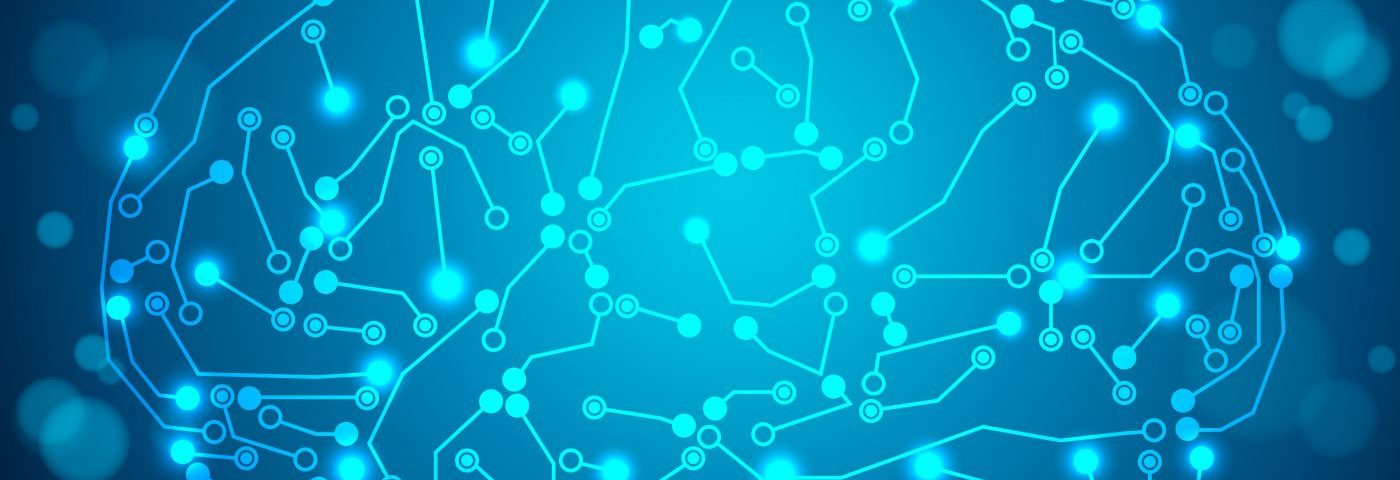Brain Networks May Dictate Likelihood of Developing Impulse Control Disorders in Parkinson’s, Study Finds

The way the brain of a Parkinson’s disease patient is wired may help doctors predict if he or she will develop impulse control disorders following dopamine replacement therapy, a study finds.
The results, “The structural connectivity of discrete networks underlies impulsivity and gambling in Parkinson’s disease,” were published in the journal Brain.
The main cause of motor symptoms in Parkinson’s disease is a lack of dopamine (a key brain chemical) resulting from a loss of dopaminergic neurons in the substantia nigra, a brain area responsible for controlling voluntary muscle movements.
Higher doses of dopamine agonists — which act as a substitute for (or mimic) dopamine in the brain — and longer treatment periods have been shown to make Parkinson’s disease patients more prone to developing impulse control disorders, such as gambling, compulsive shopping, overeating, and compulsive sexual behaviors.
This impulsivity may be mediated by the patient’s inability to evaluate rewards appropriately or to inhibit inappropriate choices.
“Despite prior work suggesting that distinct neural networks underlie these cognitive operations, there has been little study of these networks in Parkinson’s disease, and their relationship to inter-individual differences in impulsivity,” the researchers noted.
To shed additional light on the matter, these investigators from the University of Queensland and QIMR Berghofer Medical Research Institute in Australia, evaluated microstructural changes in the brains of 57 Parkinson’s patients (19 women and 38 men; mean age of 62 years).
Using high-resolution diffusion magnetic resonance imaging, the team studied, on a microscopic and network-related level, how a patient evaluated rewards and inhibited responses, and how these were associated with dopamine replacement therapy.
Trait impulsiveness and compulsivity, disinhibition, and impatience were assessed by neuropsychological tests. Patients were also given access to a virtual casino, so that their explorative, risk-taking, or impulsive behaviors could be examined.
According to the researchers, “different components of impulsivity were associated with distinct variations in structural connectivity, implicating both reward evaluation and response inhibition networks.”
The reward system refers to a group of structures that are activated when a person is presented with rewarding or reinforcing stimuli (e.g. addictive drugs). Upon a rewarding stimulus, the brain increases the release of dopamine. Response inhibition refers to the ability to suppress behavior that is inappropriate or no longer required.
In the gambling scenario, larger bets were linked to greater connectivity within the reward evaluation network — more specifically, the nerve fibers connecting the ventral striatum and ventromedial prefrontal cortex.
The striatum is a crucial motor area that’s known to be damaged in Parkinson’s, while the prefrontal cortex is involved in planning complex cognitive behavior, and in personality expression and decision-making.
Patients who looked for alternative slot machines in the virtual casino had less connectivity within the response inhibition network. In addition, high-risk “double or nothing” bets were linked to reduced connectivity of the reward evaluation network.
“By combining data from brain imaging, behavior in the virtual casino, and the effect of dopamine-replacement medication, we were able to identify people who were susceptible to impulse-control behaviors,” Phil Mosley, MD, the study’s first author, said in a news release.
Although dopamine replacement therapy was effective for most of the study sample, around 17% (one out of six) of treated participants had trouble controlling their impulses.
“We found people who developed these addictive behaviors differed in the way their brain structure interacted with dopamine-containing medication, which gave rise to the impulsive behavior,” Mosley said.
“None of these people had a history of addictive behaviors before diagnosis and only developed them after they began treatment with dopamine-replacement medications,” he added.
These findings suggest that adapting a treatment regimen to minimize the side effects associated with dopamine agonists could potentially reduce the occurrence of these impulsive behaviors.






